Affiliate links on Android Authority may earn us a commission. Learn more.
Samsung Galaxy S20 Plus vs Note 10 Plus: Is newer really better?
The Samsung Galaxy S20 Plus 5G and Galaxy Note 10 Plus 5G were some of the most feature-rich smartphones in 2020, at least until the Note 20 family rolled around. Both cost over $1,000 but had different strengths and weaknesses. On the surface, the former is the better option with its newer internals and features. However, the reality isn’t quite as simple.
Read: Samsung Galaxy S20 Buyers Guide – Everything You Need to Know
So, we’ve got a slightly older, power-user smartphone versus a newer, mainstream-focused handset. Which $1,000 5G Samsung flagship should you buy? Here are my thoughts on the Galaxy S20 Plus vs Note 10 Plus.
Samsung has retired its Galaxy Note line — at least for the time being. Now, the Galaxy S22 Ultra is the closest thing you can get to a true Note successor, but is it worth buying? Check out our Samsung Galaxy S22 Ultra vs Galaxy Note 20 Ultra comparison to learn more.
Hardware: Subjectivity
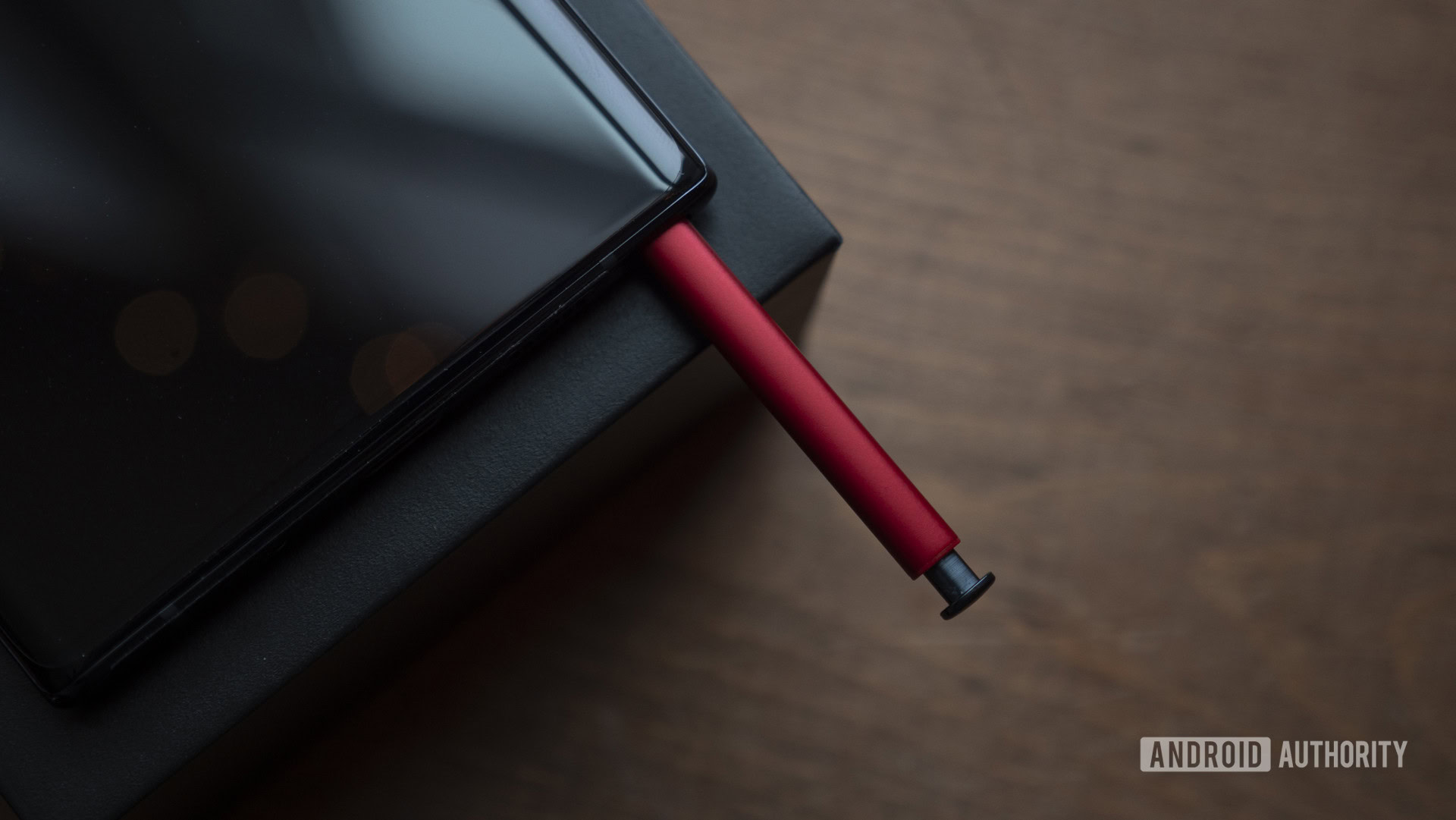
On the surface, the Galaxy S20 Plus and the Note 10 Plus share the same basic formula. Both are glass sandwich slabs with thin bezels, aluminum rails framing the displays, ultrasonic in-display fingerprint scanners, IP68 water and dust resistance, and center-aligned punch holes.
Continue reading: Can we stop it with the comically big phones now?
There are, however, minor differences in design that drastically change the way the phones look and feel. For example, how the displays mold to the chassis. The Galaxy S20 Plus has widely rounded corners. The Galaxy Note 10 Plus, on the other hand, features tighter, steeper curves — a trait featured by Galaxy Note phones for some time now. Looks are subjective, but I much prefer the Note’s sharper and more aggressive look compared to the S20 Plus’ rounder aesthetic.
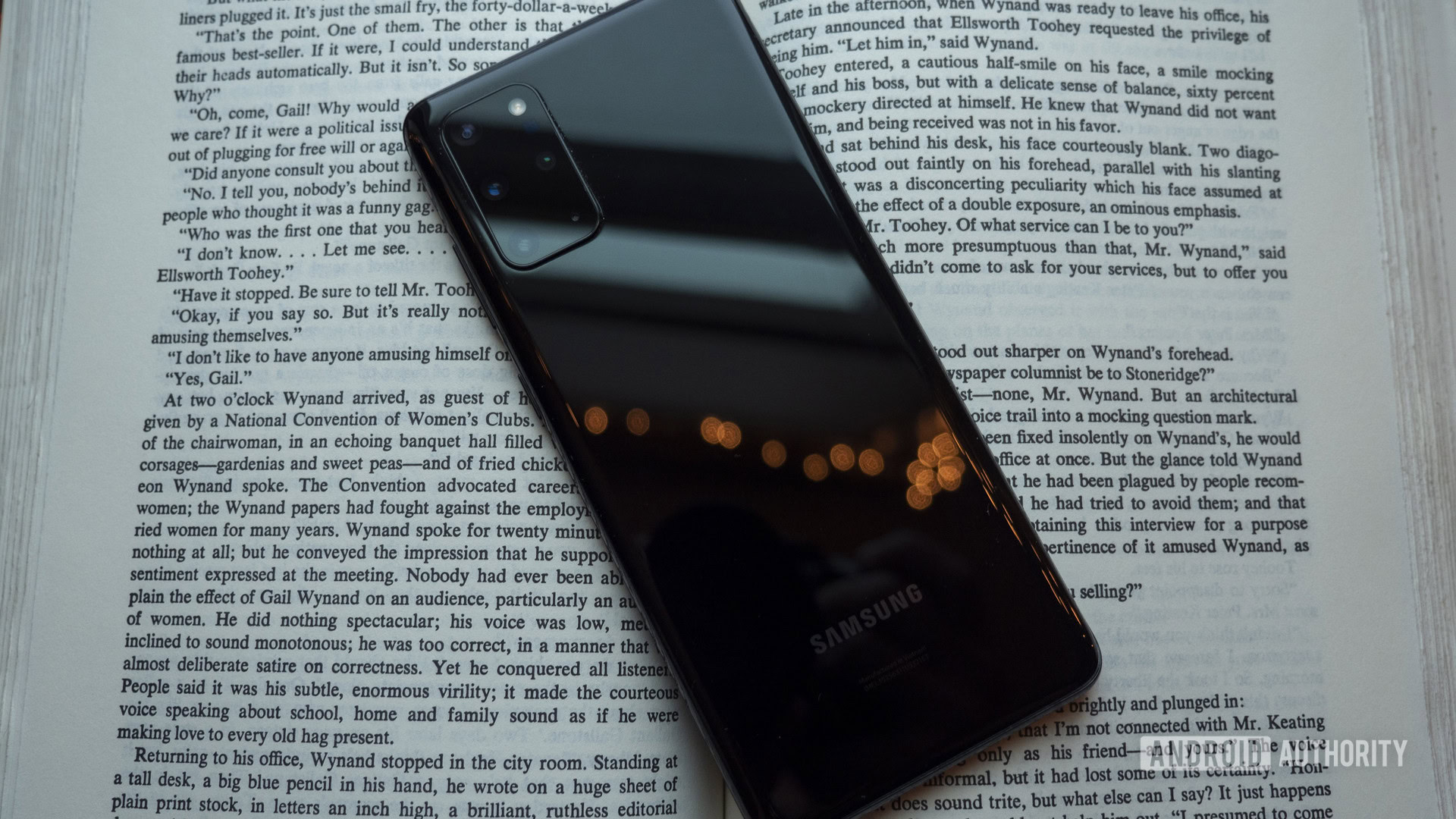
The curvature to the sides produced a pronounced difference in ergonomics. Samsung decided to drop the sharper-feeling frame for flatter sides on the Galaxy S20 Plus and I’m in favor of that choice. This decision made for a nicer hand-feel in my opinion.
If you want the S Pen, you have to buy the Note.
By far the biggest reason that you’d consider a Note 10 Plus is the S Pen — a staple in the Galaxy Note series. The stylus is a Note-only feature. The S Pen is useful for taking quick notes, marking up screenshots, and signing documents. I switched my work device to the Galaxy Note 8 purely for the S Pen.
Continue reading: Samsung Galaxy Note 8 Redux: In the shadow of the Note 10
For those who aren’t so fussed about their phone having a built-in stylus, the Galaxy S20 Plus is built just as well as the Galaxy Note 10 Plus. Moreover, the S20 Plus comes in 10g lighter than the Note, making it slightly less weighty to lug about.
Display: A significant lead
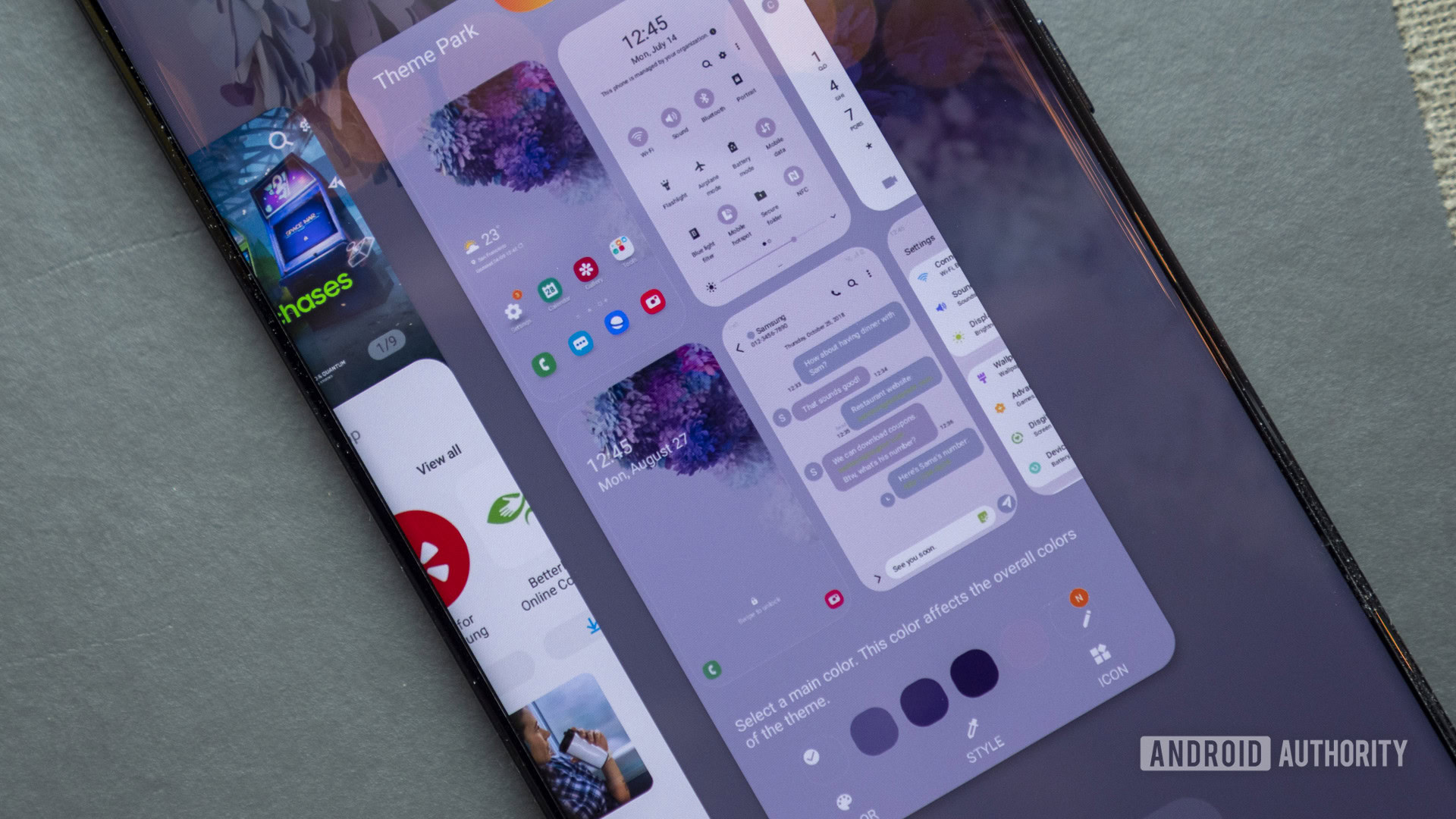
Another rather significant disparity between the two titans is the display tech. There’s no denying that the Galaxy Note 10 Plus’ mammoth Quad HD+ Dynamic AMOLED panel is stunning, and one of the best displays ever found on a smartphone. Compared to the ultra-smooth 120Hz display found on the Galaxy S20 Plus though, I can’t help but feel like the Note is a step behind, despite its otherwise excellent display characteristics.
The 120Hz display of the S20 Plus is nearly identical to the Note 10 Plus in terms of size and resolution, but has double the refresh rate. This translates to a fresher and snappier device that feels worlds newer than the 60Hz refresh rate found in the Galaxy Note 10 Plus. Day-to-day, this upgrade is going to be an obvious one that crucially affects how the device feels. Scrolling and swiping — things that we do all the time on our smartphones — look and feel that much better. This does come at a price, however, as by running your Galaxy S20 Plus at 120Hz, you will experience a significant hit to battery life compared to keeping it in the 60Hz mode.
Performance: Negligible differences, for now
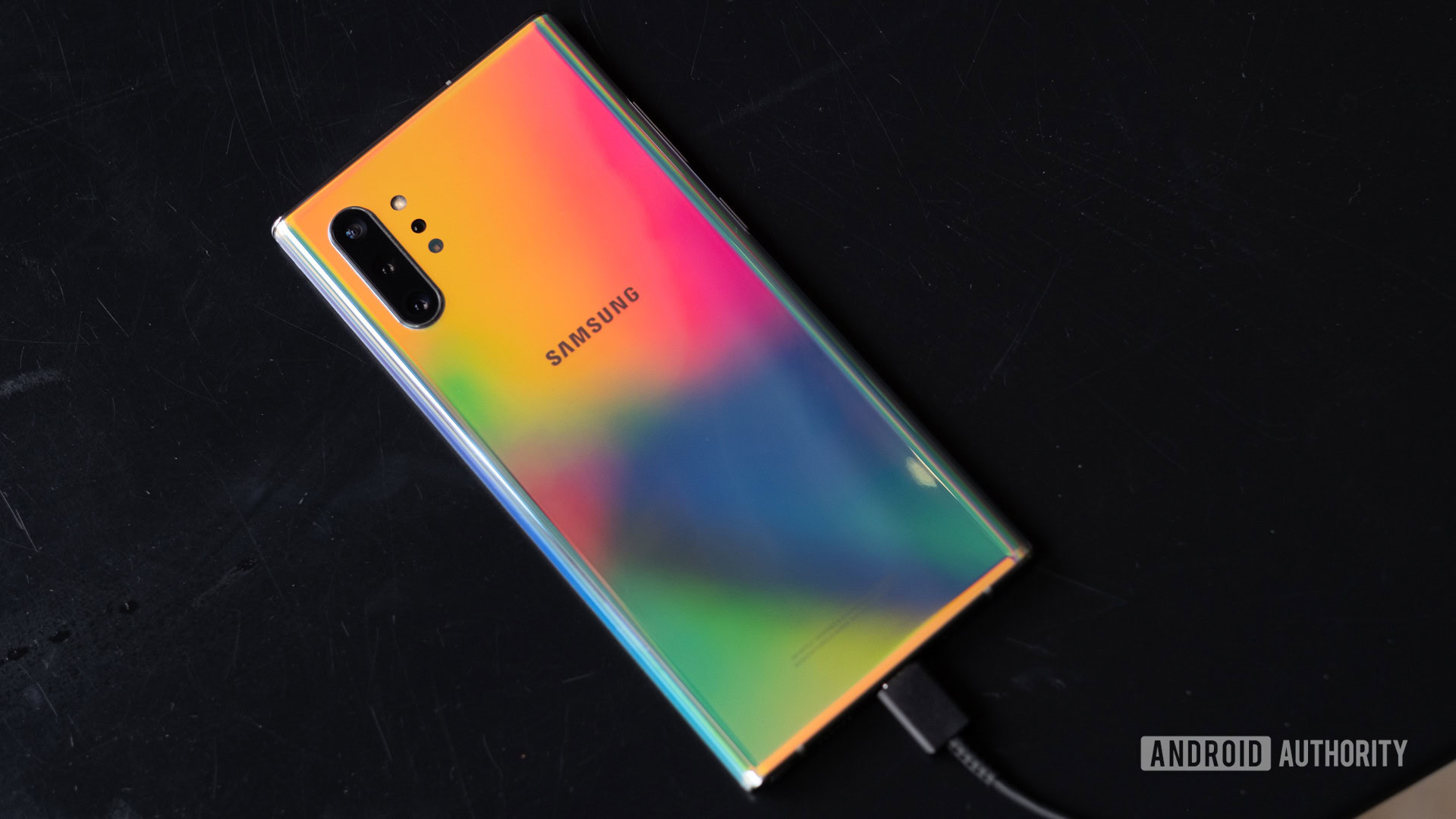
The Galaxy S20 Plus naturally has a newer processor at its heart; a Snapdragon 865 or Exynos 990, compared to the Snapdragon 855 or Exynos 9825 in the Note 10 Plus. In the Geekbench 4 benchmark, both the Exynos and Snapdragon-powered S20 Plus handily gain leads over their Note 10 Plus counterparts. Whether you’re going to notice this difference day-to-day is another matter, as benchmarks aren’t the be-all-end-all of performance. The Galaxy Note 10 Plus is not a slow phone in any sense of the word, so performance shouldn’t be a deciding factor vs the Galaxy S20 Plus.
Continue reading: Here’s what Samsung says about Exynos Galaxy S20 being weaker than Snapdragon
However, that’s only taking into account the current performance metrics. By going with the more powerful phone now, you’ll be able to hold onto more speed for longer. This is more important if you plan on upgrading more than two years from now. In that case, a phone deemed overkill now can mean longer-lasting performance.
There are two versions of the Galaxy S20 Plus with the Exynos chip: the 4G unit and the 5G unit. This isn’t super well-known, but the Exynos 5G variant of the Galaxy S20 actually offers more RAM options. The S20 Plus 5G comes with 12GB RAM vs the 8GB that is found in the regular handset. This puts the memory figure on par with the 12GB found in the Galaxy Note 10 Plus. This comes back to long-term performance, since right now you don’t need more than 8GB, but you may benefit from this spec in a couple of years.
Is performance the biggest reason to pick the Galaxy S20 Plus vs the Galaxy Note 10 Plus? Right now, no. But going forward, having newer hardware should help with longevity — which is important if you upgrade your phone every two or more years.
| Samsung Galaxy S20 Plus 5G | Samsung Galaxy Note 10 Plus 5G | |
|---|---|---|
Display | Samsung Galaxy S20 Plus 5G 6.7-inch Dynamic AMOLED 3,200 x 1,440 20:9 ratio 120Hz refresh rate at 1080p 60Hz refresh rate at 1440p HDR10+ certified | Samsung Galaxy Note 10 Plus 5G 6.8-inch Dynamic AMOLED 3,040 x 1,440 60Hz refresh rate HDR10+ certified |
Processor | Samsung Galaxy S20 Plus 5G Qualcomm Snapdragon 865 or Samsung Exynos 990 | Samsung Galaxy Note 10 Plus 5G Qualcomm Snapdragon 855 or Samsung Exynos 9825 |
RAM | Samsung Galaxy S20 Plus 5G 12GB | Samsung Galaxy Note 10 Plus 5G 12GB |
Storage | Samsung Galaxy S20 Plus 5G 128, 256, 512GB | Samsung Galaxy Note 10 Plus 5G 256, 512GB |
MicroSD | Samsung Galaxy S20 Plus 5G Yes, up to 1TB | Samsung Galaxy Note 10 Plus 5G Yes, up to 1TB |
Cameras | Samsung Galaxy S20 Plus 5G Rear: -Wide-angle: 12MP, f/1.8, 1/1.76", 1.8µm -Telephoto: 64MP, f/2.0, 0.8µm -Ultra-wide: 12MP, f/2.2, 1.4µm -VGA time-of-flight sensor 3x hybrid optical/digital zoom, Super Resolution Zoom up to 30x Video: -8K 24fps -UHD 4K 60fps -FHD 240fps -720P 960fps Front: -10MP, f/2.2, 1.22µm, AF | Samsung Galaxy Note 10 Plus 5G Rear: -Wide-angle: 12MP, f/1.5-2.4, 1/2.55", 1.4µm -Telephoto: 12MP, f/2.1, 1µm -Ultra-wide: 16MP, f/2.2, 1µm -VGA time-of-flight sensor Video: -UHD 4K 60fps -FHD 240fps -720P 960fps Front: -10MP, f/2.2, 1.22µm, AF |
Battery | Samsung Galaxy S20 Plus 5G 4500mAh 25W Fast charging Fast wireless charging | Samsung Galaxy Note 10 Plus 5G 4300mAh 45W Fast charging Fast wireless charging |
IP rating | Samsung Galaxy S20 Plus 5G IP68 | Samsung Galaxy Note 10 Plus 5G IP68 |
Software | Samsung Galaxy S20 Plus 5G One UI 2.0 Android 10 | Samsung Galaxy Note 10 Plus 5G One UI 2.0 Android 10 |
Dimensions and weight | Samsung Galaxy S20 Plus 5G 161.9 x 73.7 x 7.8mm 188g | Samsung Galaxy Note 10 Plus 5G 162.3 x 77.2 x 7.9mm 198g |
Cameras: The gap widens
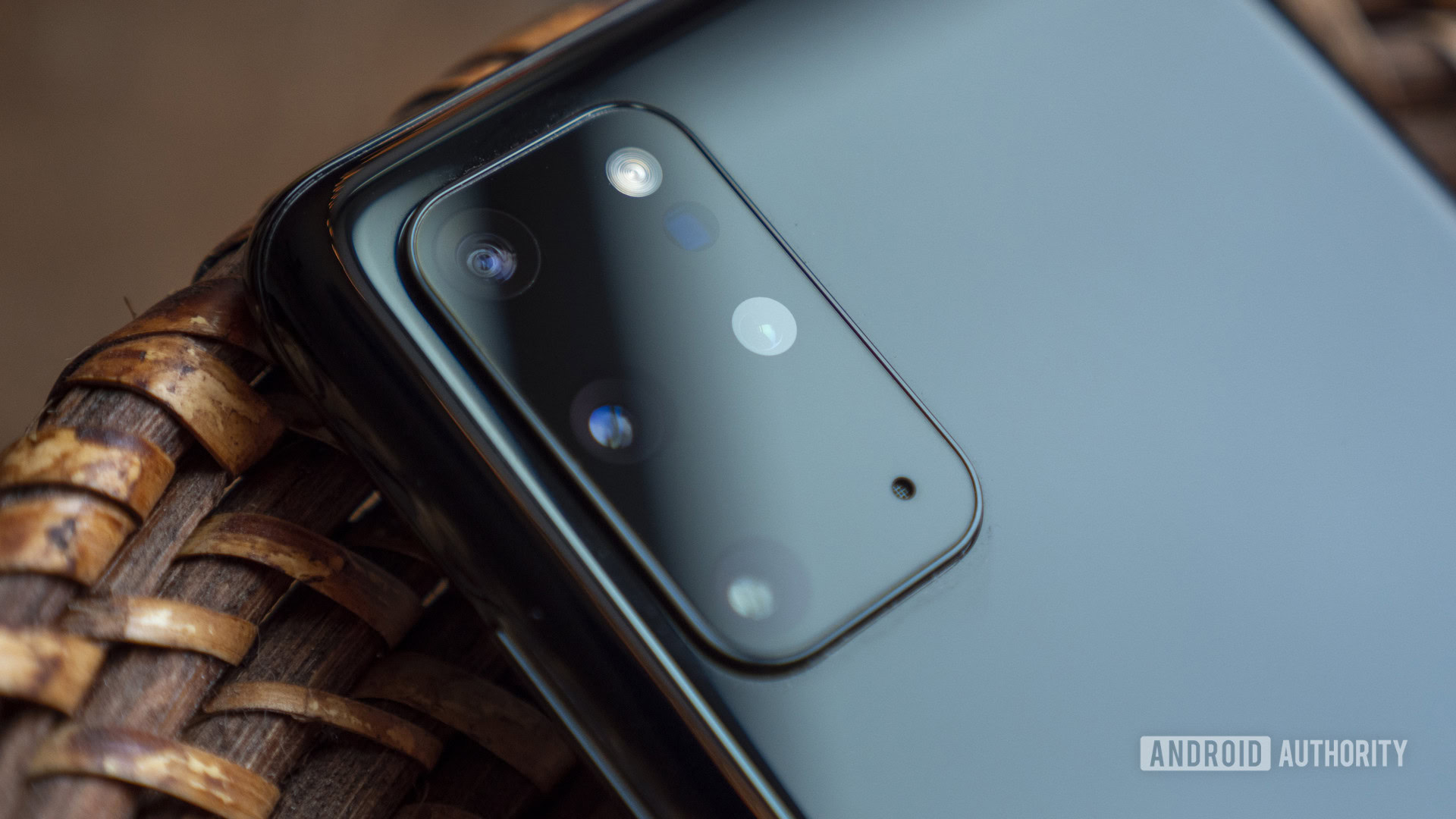
Galaxy Note 10 Plus
- Rear:
- (wide) 12MP, f/1.5-2.4, 1/2.55-inch
- (telephoto) 12MP, f/2.1, 1/3.6-inch
- (ultra-wide) 16MP, f/2.2, 1/3.1-inch
- Time of flight (ToF) sensor
- UHD / 4K at 60fps
- Front:
- 10MP , f/2.2, 26mm, 1/3.2-inch
- UHD / 4K at 30fps
Galaxy S20 Plus
- Rear:
- (wide) 12MP, f/1.9, 1/1.76-inch
- (telephoto) 64MP, f/2.0, 1/1.72-inch
- (ultra-wide) 12MP, f/2.2
- Time of flight (ToF) sensor
- UHD / 4K at 60fps
- Front:
- 10MP , f/2.2, 1/3.2-inch
- UHD / 4K at 60fps
Smartphone camera hardware has been improving at a great rate as of late, particularly with regards to optical zoom and sensor size. This is where the S20 Plus is able to create a significant gap between it and the Note 10 Plus. The former’s main camera sensor is much bigger, enabling much better image quality in all scenarios, but particularly in low light, due to the bigger individual photosites which can help massively in HDR and night shot processing. The leap in sensor size is rather significant, at 1/1.76 inches up from 1/2.55 inches.
Even from a versatility standpoint, the newer device is more advanced. For instance, with the S20 Plus, you get a longer 3x optical telephoto lens vs the 2x found in the Note 10 Plus. This will give you more reach when zooming, therefore increasing the image quality significantly within the zoom mode at 3x. This is because the phone doesn’t need to digitally crop and enhance as much when the hardware can do the heavy lifting.
The S20 Plus' better camera tech helps it pull ahead of the Note 10 Plus.
This extension in versatility continues to smartphone video. The Galaxy S20 Plus is among the first to feature 8K video capture. It can snag 8K at 24fps, versus the Note 10 Plus’ limit of 4K at 60fps. The S20 Plus has the Note 10 Plus beaten on the front camera, too; it can record 4K at 60fps, compared to the Note’s 4K at 30fps.
That’s not to say that the Galaxy Note 10 Plus’ camera is bad by any means. It’s still a great camera setup, it’s just not quite on the level of the Galaxy S20 Plus. I would argue that the Galaxy S20 Plus captures more dynamic range. Meanwhile, the Note 10 Plus seems to balance the white balance better, creating a much cleaner look that’s easier on the eye.
Image quality is a toss-up between the two, and the aesthetic of the photos is subjective. I personally prefer the S20 Plus’ flatter look, but you might prefer the punchiness of the Note 10 Plus. If you want the device with a more powerful and versatile camera, however, the Galaxy S20 Plus has your back.
Battery and charging
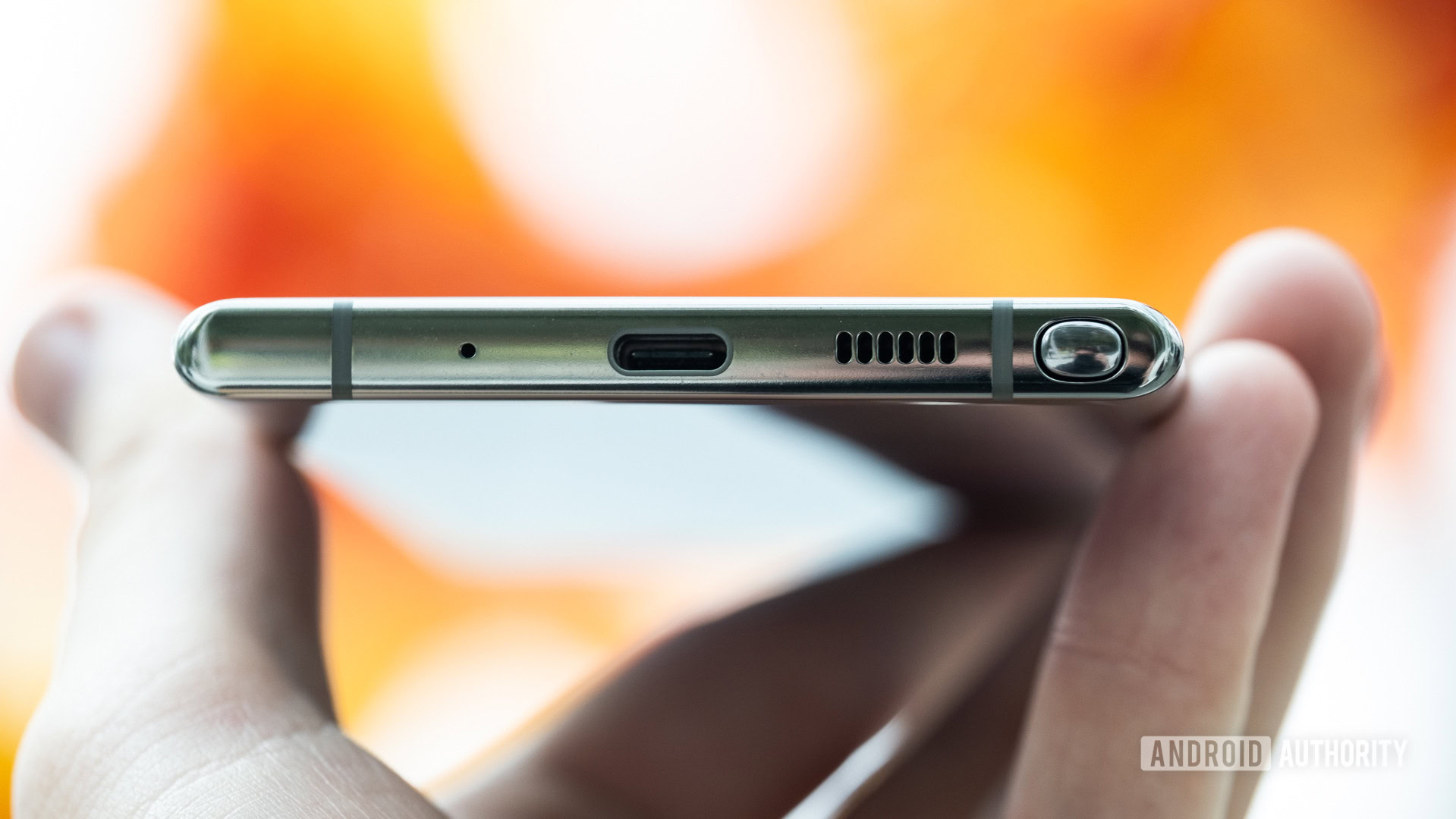
The Galaxy S20 Plus and Note 10 Plus have 4,500mAh and 4,300mAh batteries, respectively. From what we’ve seen, the difference in real-life battery life is negligible in the Galaxy S20 Plus vs the Note 10 Plus.
The real difference can be found in the charging tech. While both phones ship with 25W chargers in the box, the Note supports up to 45W fast charging — a significant increase in charging speed (charger optional). It’s enough to put the Note 10 Plus in the lead. Wireless charging and reverse charging are the same at 15W and 9W, respectively, for each phone.
Galaxy S20 Plus vs Note 10 Plus: Which should you buy?
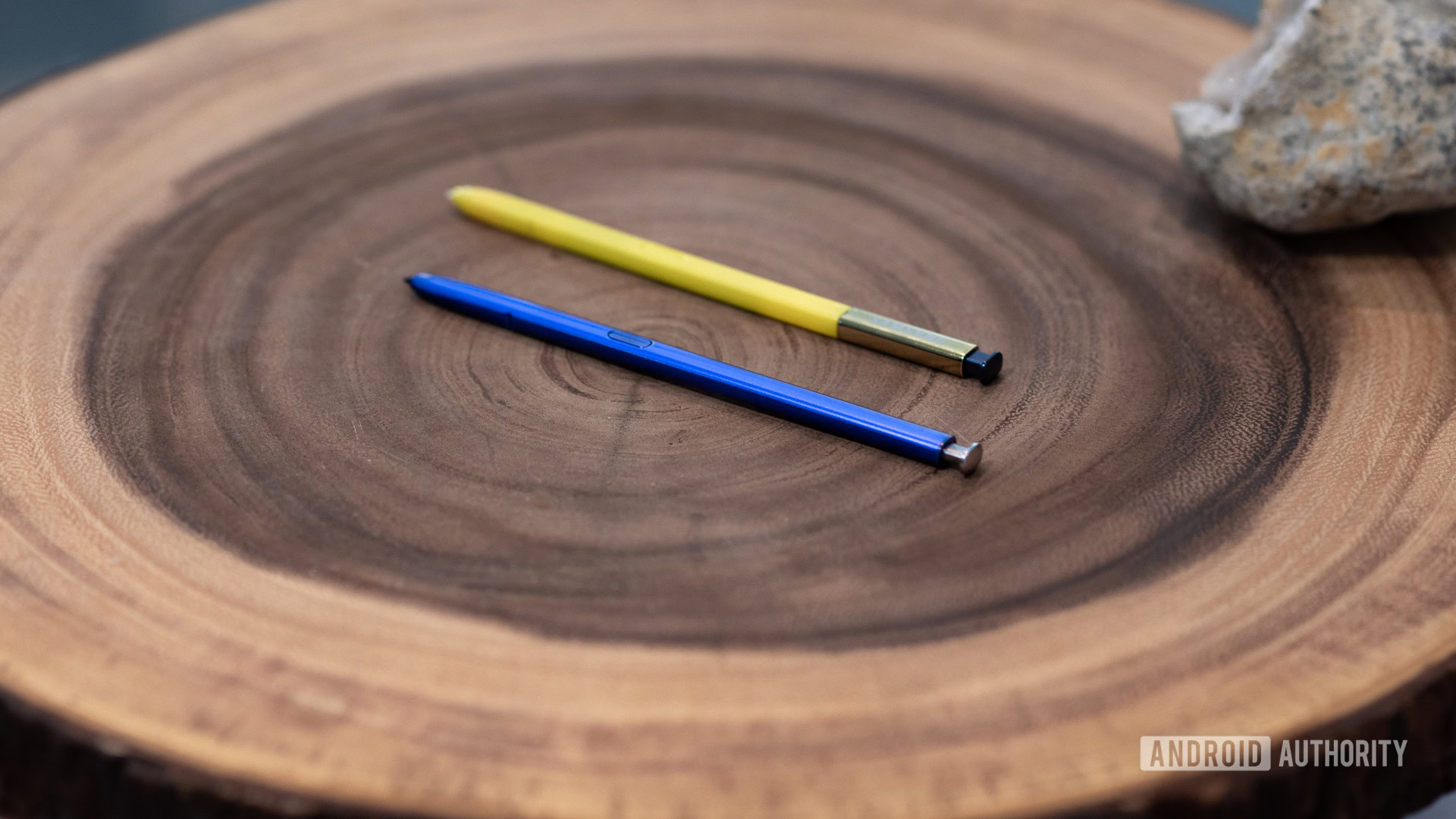
What it all boils down to is what type of user you are. If you’re someone who can’t live without the S Pen, the Galaxy Note 10 Plus 5G is a no-brainer, with its massive display, executive-style design, faster charging, and still-impressive set of specs. However, if you want the latest specs in more mainstream housing, the S20 Plus 5G ticks a lot of boxes. You’re getting newer and more versatile cameras, a much faster and fresher-feeling 120Hz display, and some of the best build quality in the game.
The clever thing to do, however, would be to wait for the Galaxy Note 20. It’s highly likely that the Note 20 will have the best of both worlds — a high refresh rate display, newer cameras, and the fabled S Pen. Just don’t expect it to fit into the budget we have today.
Buy the Galaxy S20 Plus 5G if the most important things to you are perceived speed and cameras. The S20 Plus handily beats the Galaxy Note 10 Plus in these areas. Along with the updated internals, comes a fresher-feeling user experience that will stay quicker for longer.
Buy the Galaxy Note 10 Plus 5G if what you want is an out-and-out flagship. The S Pen is a unique feature that some will find crucial in their day-to-day lives. As an overall smartphone package, it’s got everything you need, even if it’s not as up-to-date as the Galaxy S20 Plus.
What about the Galaxy S21 and Note 20 series?
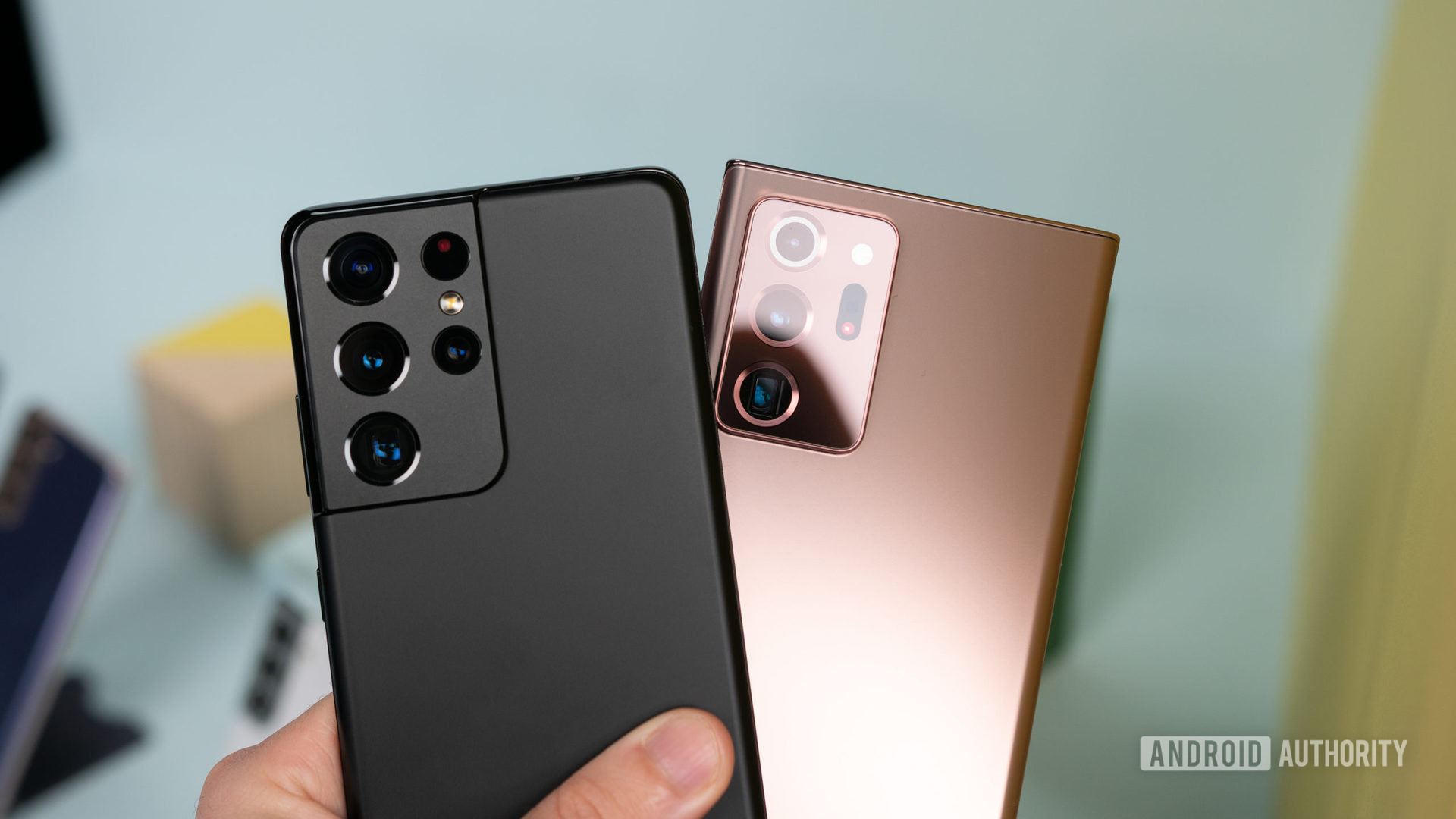
As if your decision wasn’t hard enough already, now Samsung has introduced successors to both of these phones. The Galaxy Note 20 was the first to emerge in late 2020, while the Galaxy S21 family landed in early 2021.
As far as specs go, the Galaxy Note 20 is now a solid rival for the Galaxy S20, with the same Snapdragon 865 SoC onboard and similar RAM and memory options. However, the Galaxy S21 Plus leaves the rest behind with a newly released Snapdragon 888 chipset. It also moves to a more modern design, and ships with Android 11 on board.
See also: Samsung Galaxy S21 Plus review | Samsung Galaxy Note 20 review
You can even crank the specs to “Ultra” with the latest generation of Samsung products. While the Galaxy S20 Ultra was the first to bear the name, it’s really come into its own with true camera updates and the most RAM and storage Samsung has to offer.
That’s it for our Samsung Galaxy S20 Plus vs Galaxy Note 10 Plus comparison. Which one do you prefer?